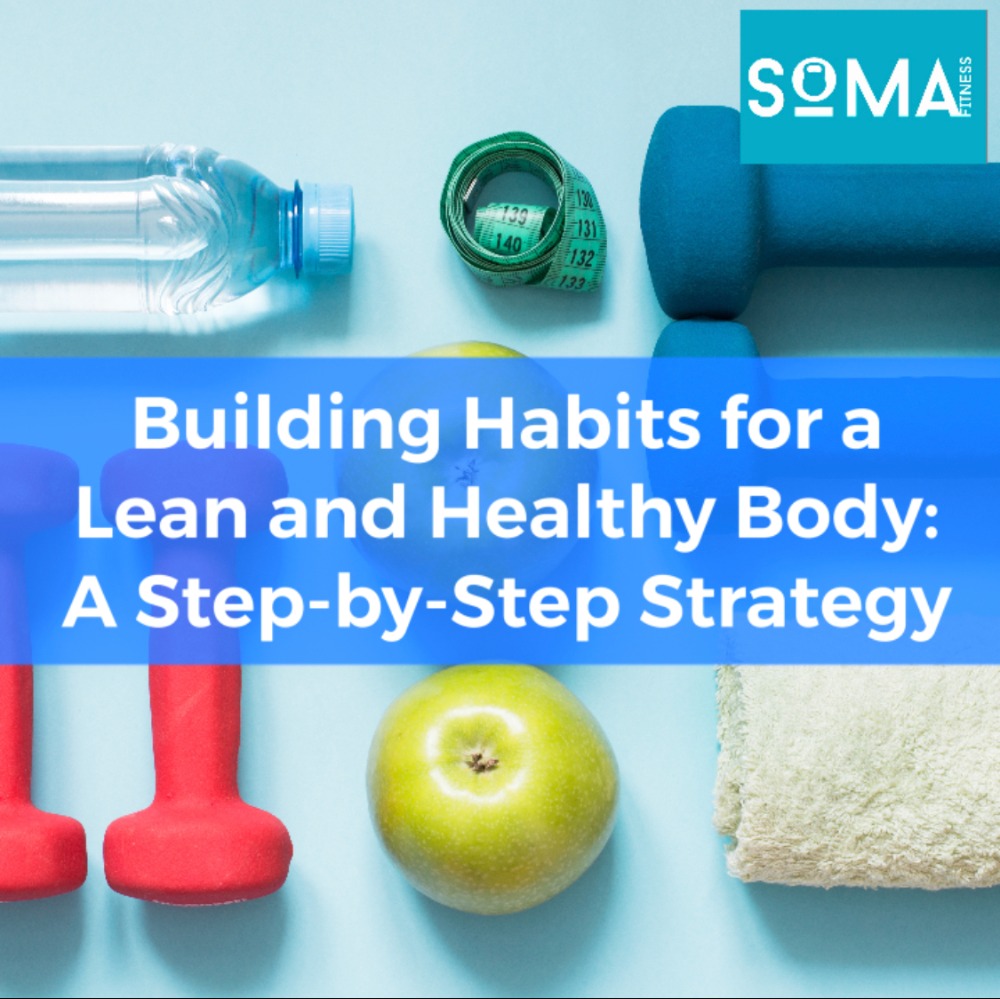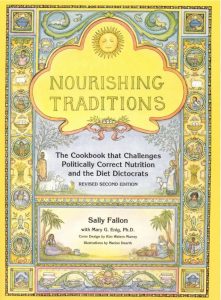Building Habits for a Lean and Healthy Body: A Step-by-Step Strategy

When it comes to developing the right habits with our personal training clients it is an absolutely crucial topic to take seriously when it comes to achieving your body composition goals. By incorporating the principles of behaviour change and habit formation, you can set yourself up for long-term success. We will explore a step-by-step strategy to create the correct habits for a lean and healthy body, using effective habit-building techniques.
Step 1: Define Your Goals
Clearly defining your goals is essential for creating the right habits. Ask yourself, “What does a lean and healthy body mean to me?” How will it add to the quality of my life now in the present and in the future? Is it losing a certain amount of weight, gaining muscle, or improving overall fitness? Define your goals with specificity and write them down. This will provide clarity and motivation as you embark on your habit-building journey to achieve a lean and healthy body long term.
Step 2: Start with Small Habits.
As the saying goes, “Big things have small beginnings.” You have to start at the foundation level and build upon it. Habits are small and kept consistent are easier to repeat. Consistent actions that compound over time, lead to significant changes. Instead of attempting radical changes, focus on starting small. For example, commit to a daily 15-minute workout, replacing your sugary snacks with healthy alternatives like fruits with yogurt, or drinking more water throughout the day by keeping a water bottle by your desk. These small habits lay a solid foundation for bigger changes later on.
Step 3: Create a Routine
Establishing a routine makes it easier to stick to your habits. Designate specific times for your daily workouts, meals, and self-care activities. By incorporating these habits into your daily schedule, they become automatic and more likely to stick. Consistency is key, so find a routine that works for you and strive to stick to it, even on busy days or days where you may feel tired stick to keeping the habit even if you go to the gym and do a 15 min workout you have still kept the habit of putting your gym clothes on, driving to the gym, parking up, getting your body moving etc.
Step 4: Connect Habits to Existing Cues
Habits are often triggered by cues in our environment. Take advantage of this by connecting your new habits to existing cues. For instance, if you want to establish a habit of regular exercise, link it to a specific cue like putting on your workout clothes on as soon as you get home from work or setting a reminder on your phone. By pairing your desired habits with existing cues, you can increase the chances of successful habit formation.
Step 5: Use Habit Stacking
Habit stacking involves attaching a new habit to an existing one. Identify a habit you already do consistently and pair it with a new habit related to your health goals. For example, if you always brush your teeth first thing in the morning, make it a habit to stretch or do a few bodyweight exercises immediately after brushing ‘After brushing my teeth I will do 10 squats’. By “stacking” your new habits onto existing ones, you’ll find it easier to integrate them into your daily routine.
Step 6: Monitor and Track Your Progress
Tracking your progress is crucial for habit formation. Use a journal, habit tracker, or smartphone app to record your daily habits. Seeing your progress visually can provide a sense of accomplishment and motivate you to continue. Celebrate small victories along the way, as these build momentum and reinforce positive habits.
Step 7: Adjust and Evolve
As you progress, be open to adjusting and evolving your habits. Your body and circumstances may change over time, so it’s essential to adapt your habits accordingly. Regularly evaluate your habits and goals, and make necessary adjustments to stay on track. Adaptation is the key to maintaining a lean and healthy body in the long term.
Additional tip: Break the bad habits that you have
We all have bad habits that we have engrained in us over time. Been from a Mediterranean ethnicity a lot of my family eat bread with all their meals, this is a habit formed when food was scarce, times where tough and bread would make a small meal more filling and satiating, I see family members still doing it to this day even though we have an abundant amount of food. Making your bad habits more difficult to keep can help you stop doing them, for example:
Reduce exposure: Not having bread in the house would be a good start, that would mean if you desired bread with your meal you would have to go to the shop to buy a loaf. Reducing the cues for your bad habits from your environment will produce less triggers.
Reframe your mindset: Highlight the benefits of avoiding your bad habits. When I don’t eat bread my digestion is better, I will consume less calories and lose body fat, I am not bloated and I have more energy, My skin is healthier etc.
Increase Friction: Increase the number of steps between you and your bad habits make it more difficult to consistently keep up the bad habit. Before I eat bread with my meal I need to do 20 burpees. Every time I eat bread with my meal I need to pay my personal trainer/wife/husband £50.
Use a commitment device: Having accountability with a coach and coming up with a goal setting contract with yourself and your personal trainer is a great way to keep you engaged in good habits and avoiding the bad habits.
Creating the correct habits for a lean and healthy body requires a deliberate and consistent effort. By following a step-by-step strategy that our personal training team can help structure for you and keep you accountable can set you up for success. Remember to start small, establish a routine, connect habits to existing cues, use habit stacking, monitor your progress, and remain open to adjustments. With patience, persistence, you can achieve the body and health you desire long term.
We would like to give credit to James Clear who wrote the book Atomic Habits for creating this structure of habit formation, we strongly recommend you to grab a copy of this book as it will help you in every aspect of your life.
If you wish to take your health and fitness to the next level and you have been thinking about hiring a personal trainer for a while, get in touch and our personal training team will explain to you how we can help you achieve your personal goals.


Recent Comments